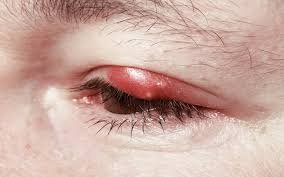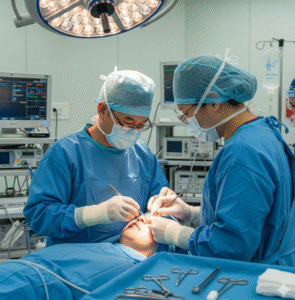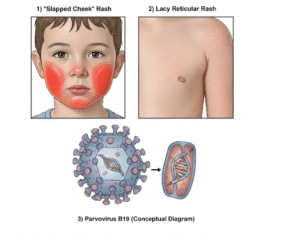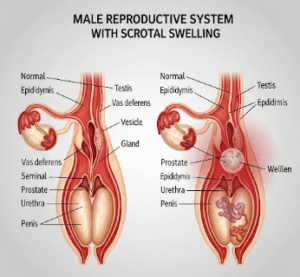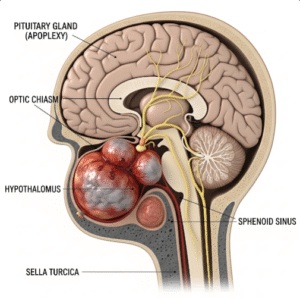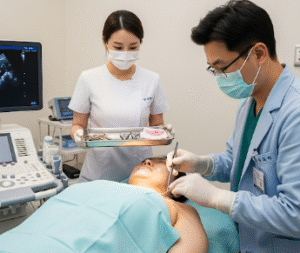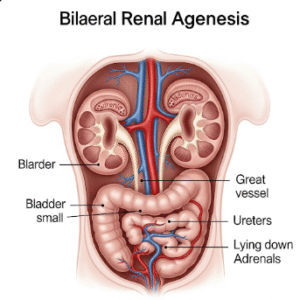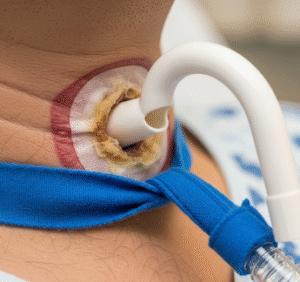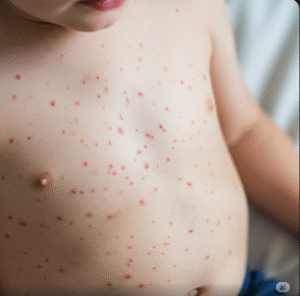Overview
A stye is a red, painful bump that forms on the edge of the eyelid due to a bacterial infection of the eyelash follicle or oil gland. Though typically harmless, it can cause discomfort, swelling, and cosmetic concern. In Korea, styes are commonly treated by ophthalmologists and dermatologists, with many clinics offering both medical and minor surgical solutions.
What is Stye?
A stye—also known medically as a hordeolum—is an acute infection of the sebaceous glands (usually the glands of Zeis or the meibomian glands) located at the eyelid margin. It is typically caused by Staphylococcus aureus bacteria.
There are two main types of styes:
- External stye: Involves the base of the eyelash follicle or Zeis gland.
- Internal stye: Involves the meibomian gland inside the eyelid.
Styes are different from chalazia, which are non-infectious blockages of oil glands that usually aren’t painful.
Symptoms
Symptoms of a stye usually appear suddenly and may include:
- A small, red, painful lump on the eyelid (often near the eyelashes)
- Swelling of the entire eyelid
- Tenderness or a sensation of something in the eye
- Tearing or watery eyes
- Crusting along the eyelid
- Light sensitivity in some cases
Causes
Styes are most commonly caused by bacterial infections, specifically:
- Staphylococcus aureus bacteria infecting an eyelash follicle or gland
- Blockage of oil glands due to poor eyelid hygiene
- Touching or rubbing eyes with unwashed hands
- Use of old or contaminated makeup
Risk Factors
Certain factors may increase the risk of developing a stye:
- Poor eyelid hygiene
- Using expired or shared eye cosmetics
- Chronic blepharitis (inflammation of the eyelid)
- Skin conditions like rosacea or seborrheic dermatitis
- Stress or hormonal changes
- Wearing contact lenses without proper cleaning
Complications
While most styes resolve on their own, possible complications include:
- Formation of a chalazion if the stye doesn’t fully drain
- Spread of infection to surrounding tissues (preseptal cellulitis)
- Recurrence, especially with underlying eyelid conditions
- Cosmetic scarring in severe or untreated cases
Prevention
Preventive measures can significantly reduce the risk of developing a stye:
- Wash hands frequently and avoid touching the eyes
- Remove makeup before sleeping
- Clean eyelids regularly (especially for people with blepharitis)
- Avoid sharing cosmetics or towels
- Replace eye makeup every 3–6 months
- Manage underlying skin conditions
Treatment Options in Korea
Korean medical facilities provide a range of effective treatments for styes—from home-based therapies to in-clinic procedures for stubborn cases.
Diagnosis
- Physical examination by an ophthalmologist or dermatologist
- Slit-lamp exam for internal styes or recurrent issues
- Culture tests in persistent or severe cases to determine bacterial strain
Medical Treatments
- Warm compresses several times daily to promote drainage
- Topical antibiotic ointments or eye drops (e.g., erythromycin or tobramycin)
- Oral antibiotics for severe or recurrent infections
- Anti-inflammatory eye drops in cases with excessive swelling
In Korea, pharmacists also commonly provide non-prescription antibiotic ointments, but professional consultation is recommended for recurring styes.
Surgical or Advanced Therapies
- Incision and drainage (I&D): Performed at eye clinics or hospitals if the stye doesn’t resolve with conservative care
- Laser drainage or micro-puncture techniques are sometimes used in modern Korean clinics for minimal scarring
- Steroid injections may be offered for persistent inflammation, especially if misdiagnosed as a chalazion
Rehabilitation and Support
- Follow-up care to prevent recurrence
- Education on eyelid hygiene
- Lifestyle guidance to avoid stress or skin flare-ups contributing to repeated infections

